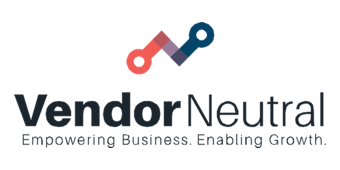
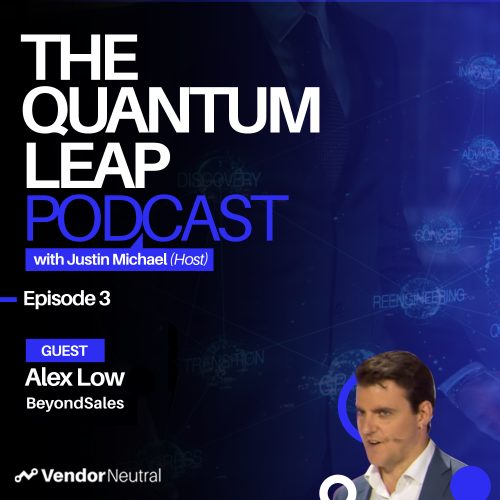

Unlock the Mystery of Enterprise Transformation
Episode 3 -
Alex Low
BeyondSales
Read Full Transcript
Justin Michael Welcome back to the Quantum Leap Podcast. In the Neutral Zone from Vender Neutral, I am Justin Michael, your resident futurist, doing my best William Shatner impression. I’m joined here by Alex Low, who is a change consultant in the enterprise world of the UK, consults internationally. I ran into Alex when I was working at LinkedIn because he’s been an amazing voice for change management and understanding new social paradigms. I don’t want to sell you short, though. I think that’s one facet. Welcome to the show, Alex.
Alex Low Hi Justin, thanks for having me on here. Always good to talk to you.
Justin Michael Yeah, thanks. So let’s kick it off with a really broad question, which is digital transformation in the enterprise? It’s a bit of a mystery sandwich and a mouthful, but you’ve been leading the vanguard on this for, you know, half a decade or more. Where do you see this going in the twenty twenties? What are the real opportunities for enterprises to change themselves?
Alex Low Let’s start with the big question. Why don’t we? Let’s kind of take a step back from that, and I think digital transformation has lost all sense. I remember being at an event a couple of years ago where somebody asked one of the speakers, how do you know when an organization is truly embraced digital transformation? And his response as quick as a flash was when we stopped putting digital in front of everything because it just has to be even pre-COVID that it has to be baked into just everything, every department in the business. If you’re not even thinking digital, then you may as well give up and give up and go home with us. Finance opps sales, marketing, the board. It doesn’t matter. Transformation. On the other hand, if you look up the word in the dictionary means you are fundamentally changing something so that that is the key thing. Sales and marketing. What? Where is this all going in the twenty twenties? For me it’s data. What I’m seeing around the narrative, all this is that those organizations and that go get the data stacks in order understand what they’ve got internally, look at what they can ingest externally to make faster, better, more informed business decisions will win.
Justin Michael That’s a great concise response, considering the gravity of the question. To unlock a data strategy. I’m a huge fan of the people process technology mantra. When you think of people process and technology, like who is the person or team on the data side? What are some of the technologies you’re aware of, whether by name or category? And how do you change that died in the world data process when you have data in different silos? Sometimes you have on prem big hardware. Sometimes it’s living across, you know, internal and external agencies. It’s kind of a big rat’s nest of problems. How would you do that? Practically. It’s all good to say about this show is about like, you know, what do I do now? Like Alex Lowe said, we’ve got to fix the data. What do they do other than hire Alex Lowe? Which is also a good idea.
Alex Low You got to take a step back. Right. You got to, like, get away from all kind of the bullshit bingo. that’s out there and actually take a step back what’s huffing hilarious was a lot of organizations now we’re going to put ourselves back in our customers’ shoes. I mean, how long have we been hearing this? Start with your customer base. Start with your intended outcomes that you’re trying to achieve and then work backwards through your process. It’s like go and talk to your clients you on, go talk to your existing clients, understand how they’re buying, what they’re buying, where they’re buying, why they’re buying then reverse engineer that through you your sales processes and then look at where the human touchpoints is, where the A.I, non-human digital touchpoints is. If you will, Gartner’s got this very crazy complex kind of spidergram of twenty eighteen around the internal buying process that has to happen, they’re in touch with what needs to happen, in which 50 percent of that was digital. Current climate is basically going 90 percent digital. Once you understand that and you’ve mapped your processes, then you need to start to look at and I know you’re a huge proponent of this, Justin your current technology stack, are you leveraging this to your full ability? Do you actually understand what it can do? And if you’re not, well, then maybe work that harder and if you’re in the world of you’re looking to change your own systems or you’re, you know, everything has to come from old friend to cloud, to even to work. There’s a whole debate around security issues around that. And then it’s starting to understand, once I’ve got that, how do I bring this data into one place? And this is where the rise of the customer data platform. So the CTP is starting to become ever more prevalent, which is what e-commerce has been doing for four years. Bring us all into one place, a dashboard, which then I don’t care for themselves. Finance, marketing, ops. You get the information that you want to start to make better decisions. It’s back to basics, right? It’s possible. You know, we’re doing 20 plus years ago and sales about the process. TouchPoint points. You got technology which now supports this. Was that correct? Data use the data to its right and approval now.
Justin Michael Nailed that because one of the processes that I was taught at ExactTarget Marketing Cloud, which became a Salesforce marketing cloud, is the good old whiteboard. Would you get down and say, acquire, engage, retain? You know, we would look across a lifecycle and map it on a wall and then push the technology with that. Now, you mentioned CVP, the customer data platform. We also have the pressure of GDPR, the age of privacy. Has that accelerated the pace of the data transformation? Has it slowed it down? You’re in the EMEA. You’re in Europe. What are you seeing? You know, I have a largely global audience, and a lot of times in the US we might get a little more flexibility with that. But it’s coming with CCPA and everything. Can you talk to me about. How to do this responsibly? What the impact has been on on data privacy, where the technology needs to go.
Alex Low To be honest, when GDPR was a thing, lots of people make lots of money out of that. Oh my God, it’s like, you know, year 2000, doomsday all over again and all this actually happened just made the customer experience worse because you go to a Web site that was bloody pop-ups in terms of this and that, and so people still email, email you stuff. You’re consenting in and out, huge confusion around that. I think I don’t believe it’s made it any. I just think it’s made it more complex and more less understood around what’s what. From my perspective, the next situation is the CX and there has to be some acceptance that if I want a good user experience or good customer experience, then I’ve got to relinquish some of that data about me, which I don’t mind about. In the B2B kind of enterprise world. You know, we’re not in the spaces of Facebook stealing your data and selling it to bad actors, the organizations are not that sophisticated and, you know, for the most part, our emails are going to junk anyway. We’ll just, you know, forwarded on to some to something else. What’s interesting is if you as an enterprise, your GDPR policy should already be in place. And that’s your interpreter. That’s your in-house counsel interpretation of how you process data. So if you’re still having that conversation today than you’ve got bigger problems to worry about as to what your um, what you doing. But what’s interesting is if you look at what you can now buy in terms of third-party data to bring in there which is GDPR compliant because it has to be in terms the areas your looking at. So I’m talking the Bombora’s, the spikers, the rel sci, the relationship sciences of the world, the Cognizant’s, all these kind of these kind of things. You bring that in. We do e-mail marketing data, go and integrate, interrogate that you bring that in with your web site data. Any other kind of marketing/sales data that you have, that’s then when you can start to think differently. But that there and this goes back to the transformation bit, the people. You have to sometimes read more. Sometimes I believe actually most the time reprogram sales perceptions or sales beliefs that were correct 20 years ago, 10 years ago that just don’t fit for purpose for today. And that’s really hard for some sales leaders to deal with the mindset, concepts of fixed mindset versus the growth mindset. A lot people on a fixed mindset mentality. You can’t improve what I know because what I know to be best. Well, actually, you can. So the GDPR data piece that’s just kind of, it is what it is and if you said if you were already dealing, you’re still dealing with bigger problems to fry. And, you know, from my perspective, actually, on the social debt, in terms of content and if the content is good engaging and I want to learn more, I will happily give you my email address. I will happily sign up to that webinar. I’ll tick the box going, I don’t want you to market me if you market to me having ticked the box. I will then delete and not work with you anymore. It’s that whole thing. Putting yourselves back in your customers shoes. Would you want your grandmother to receive this type of outreach, Yes or no? No, I wouldn’t. So don’t do it.
Justin Michael Yes. Great point. So the quality of the content and the user experience dictates how the consumer, the customer’s willingness to share, and you’re almost earning that that contract, that handshake that you know, yes I am going to give you some data. What is the value you’re going to bring? It’s really interesting you mentioned relationship science, because there are there is a whole shadow customer base that has issued social media at the very high C levels in the C suite, a lot of these folks have given up on being on social right? they don’t want to get bombarded. There is a bunch of C suite people and F 1000 people that are in relationship sciences graph that maybe their executive assistant has a profile up and social, but they’re not really power using that. There is a big challenge of actually getting your message in front of the entire population. It’s like the a thousand channels and and nothing’s on. So if you have tips for how do you reach your whole customer base, efficiently, effectively, ethically and how who is nailing it? Let’s talk about success. Like which brands or families or verticals are doing a great job at exactly what you just suggested, like they’re nailing their user experience and creating these, you know, their surprising and delighting their customers like Benioff might talk about.
Alex Low The social CEO is an interesting one. I’ve just seen actually the CEO of HSBC post his first post, similar to follow in the footsteps of Bernard Looney, the CEO of BP, and they they recognizing the importance of being visible to their client base. I totally accept that not all your target audience out the C suite is going beyond that. However, of course, any social media platform, the platform is relevant. I always talk about the proxy. So who are you marketing to to get to them. So all you’re actually marketing to the EA’s of the CEOs to talk to the EA of the CEO and yah LinkedIn or whoever it is say there are five to seven decision makersor influencers per complex, high value transaction. Start to build a network, there’s always someone who knows someone who can facilitate an introduction. That’s the key thing in all of this. I think the misnomer of remote selling, virtual selling, digital selling, modern selling, whatever you don’t sell over social, you use social to start a business conversation, as you would do in a fiscal conference. So back in the day fiscal conference, you got to meet someone, shake the hand, have a conversation. Do exactly that same thing to get to the referral opportunity within that organization at the enterprise level, you’re only as good as your networks if you’re not connecting internally and connecting to plant-based. You can and activate the network of the network and the proxy that you need to market through to get to that end influencer and the decision-maker, who’s doing this well? Nobody! Genuinely nobody really In the enterprise space at a B2B level, you see pockets of teams, you see pockets of individuals. We’ve seen all the use cases that LinkedIn and other tools and products talk about in terms of what’s what, but it’s typically not an individual or a pocket of individuals that understood how they can leverage this to build out their brands in terms of delighting differently. I’m completely not relevant to no, not not be to be. But The Hustle is a newsletter and a media organization that I follow Sam Parr and the other guy whose name escapes me. Awesome! In terms of their approach they take. So when you sign up to the newsletter, the thank you note brilliant, the podcast, they host my first million between the two of them, is awesome. The Facebook group, I’m in, that is again, is is brilliant. So you look at Nike, they’re direct consumer approach they’re now taking, they’re taking out the middleman and they believe that all accounts probably 50 percent of their revenue moving forward. They get that direct consumer piece, so a lot of actually what’s happening in the consumer space, B2B can learn from and leverage that, however, this is terrifying for marketing teams. Because you’re having to do something really different to what you used to do, which is just cranking the handle, in turn turning out that same old corporate crap. I’m honest that doesn’t really differentiate you from from anybody else. Any organization that can actually nail this scale through employee advocacy is the catch-all for this, will win and win big.
Justin Michael I love it. You just see me shaking my head because we’re like brothers from another mother across an ocean because it’s kind of crazy how aligned we are. I’ve been talking about the age of, you know, B2B going B2C. I think Salesforce is nailing this, too. It’s like there’s these platforms like Amazon or Google where it really is the Fine-grained, you know, B2C customer almost. But the UX and UI, an experience that the shopping cart, the flow, we start to transition to that in B2B marketing, right. The supply chains chain and the methods change and it is scary. It is a growth mindset, so I’ve been having some conversations on this podcast with Legacy Enterprises and they’re talking about business units that are in 35 countries and how long it can take to transform it. So it’s that’s where I like your counsel. So we look to be to see for inspiration. We get scared. It’s terrifying. How do we manage that internal change? Right. I mean, you you’re working with a lot of enterprises that are doing this. If someone gets excited about it. How do they drive the change inside? Is it a customer advisory? Is it an internal fusion team like someone heard this podcast? They get excited about what Alex Lowe said. They want to go do it. How do they do it?
Alex Low Start small and kind of learn and iterate your never going to boil the ocean, as the saying goes, Rome wasn’t built on a dime. How many cliches I can throw out? The key thing for a lot of this is the end. If we think about sales reps in that kind of well, what’s in it for me? What do I personally get out of doing this differently? How’s it going to help me fundamentally make more money or keep management off my back? Because I’ve got so. Is this another platform or another employee to KPI to to fill out? Once you’ve all take they understood that, then it’s the. Okay. Next layer. How is this gonna help the sales managers, sales leader keep management off their back, what do they got out of it in terms of the changes? I think was interesting, the Outreach released some research last week or the week before that actually was to get the conversation going. The conversation, the meeting hold right is good. Is it top, the funnel? Are we focus on KPI’s and creating too much stuff to get to the end. Or do we need to focus on less is more. I believe less and less is more approach based on we’ve talked about the data you can have access to have better views of what’s happening when and when to have conversations with. But if you don’t answer at the very human level, what’s in it for me? Why should I do these do things differently, then you never going to win anything, in terms of the best technology platform in the world, once you’ve got boss, then it’s okay. I want to come on you with this journey. And then it starts a pocket of people who actually want to learn, who want to be a part of this. Learn to write social proof. Hey, we did this, this, and this. That equaled that. Imagine if we did more of this. If we do more of that and less of this? And we now start to prove ROI. We then start to keep our CFO, happier. This requires a shift in thought process or marketing. We started to see this, did Marketing carry a revenue number? All this kind of vanity metrics were starting to move away from terms of Instagram account testing, not seeing accounts, all this kind of stuff. So engage with the content because of the content? No, in spite. Not because it’s got a million views. Start small, learn iterate and you have to accept not everybody to come on this journey and that’s where leadership comes in, because if this is the journey you want to go and everybody’s going to come on it, but they are a dissenter. And this is, of course, any business as matter what it is you’re doing. Then there may be some difficult conversations to have, that you actually need to get rid of them. I don’t care if they’re your highest performing, top billing individual, as long as that person is still there sitting there with their arms crossed going, I’m not doing this, then the other people go, but they’re doing really well and they’re not doing it. So why will I? I won’t do it. Yes, that might hurt you now, but in five years’ time, you could be in a lot worse place if you’re not doing this by getting rid of those individuals. Back to your point, Justin, people process technology. You can’t get the people bit right. You might as well forget everything else.
Justin Michael Yeah. In every sector, you have that mores curve. You see the early adopters or the disruptors. What I always thought was cool when I worked at LinkedIn in the Sales Navigator Division and we were described as the disruptive division inside the corporation. Corporations disrupting themselves is a theme that we saw in the last decade and has been often written about. It is exciting. I always feel like you’re a bellwether in the enterprise of like who to follow and what to follow. What are some of the trends? Like you said the hustle, it could be people you follow or trends that you follow. But people listening to this podcast, they want to stay on that cutting edge and they want to come up with the next big thing that they should be doing. What are some of the people and what are some of the trends that you’re tapping into? I mean, I follow your posts, like religiously on LinkedIn to figure this stuff out myself. But is it worth saying, like, if you’re going to pick a top three? Top three people, top three trends of the early 2020s that enterprise sales, marketing, and operations leaders listening to this should be clueing in on? That could be really helpful.
Alex Low It is. I mean, I’ve actually had a call, a bit of a, you know, come to whatever the expression is today. I’m actually talking with a client around the AI on LinkedIn and how that works and what I’ve been doing over the last couple of months, actually getting out of my echo, getting out of my echo chamber and getting into conversations around cold outreach, email tear down cold calling, which doesn’t necessarily work in my industry, but I accept it works in the round for other industries. So I’m actually taking myself out of the usual suspects and getting stuck in the conversation to actually understand the other viewpoint and accept there’s another viewpoint to you know, to look at. So I’d actually encourage people to go and find the people who are completely outside of what you do and then go follow them and go in and engage them. How we want. I think one big shout out to. I know that we know both. Kate. Kate at Kately at Lately. She is doing awesome things in terms of content distribution. I think RevGenius also. Jared. What Jared is doing is at RevGenuis. It’s genius. I think go follow some of the consulting firms, go st, follow McKinsey Digital, go and find, you know, Ernst and Young in terms of what they’re doing stuff. Because whilst you may think, OK, well, they’re management consultants, actually they’ve got some of the best brains in the world around this in the round in terms of the five-year horizon scanning, maybe not necessarily on an execution level in terms of what you do, in terms of what you do. But my view is go in and the hustle is great. Go fo, what I also follow is a lot of the editors from TechCrunch. To go into Twitter, go to TechCrunch and go find all the news that it says in terms of what they’re doing, the VC space, and start to get stuck into that, so go and find this guy called Jonathan Hollis, who’s heading up Mount Side Ventures out of the U.K. That’s a spin-out of PWC to get a completely different perspective other than what I typically see in my, my news feed, because your news feed is just constantly giving you more of what you want based on your engagement. Kate from lately, Jared from RevGenius. Any of the big four consulting firms, managing consulting firms, just that general just general stuff. And maybe some people you don’t agree with. Give them a chance to just hear their viewpoint and what it might be.
Justin Michael That’s really great advice. I mean, I guess a good question, too is, there’s so many channels on right now, now you’re a consultant and you’re able to almost use like an 80 20 rule. How do you keep yourself from just, It’s too much. right? How do you focus? Like, do you have tools, do you have philosophies. I mean, the folks listening to this show have, you know, crazy deadlines, more work than ever. We’re all in this pandemic and oddly, we all have 16 Zoom meetings a day. We have more to do than ever. It’s weird. It’s a paradox. Like we have more time, but less time than ever. There’s this weird thing. So what are some tips that you have for people to execute what they’re doing but make time to have that vision and to dream? And also, sometimes we’re resource-constrained now. So it’s like there’s slashing of budgets. Yeah. But then more pressure ever to innovate. What do you do? Like how these things are diametrically opposed? These contradictions living in any every enterprise organization, and we also have leaders in their roles for the shortest amount of time at the CMO. What is it? Twenty four months? It’s challenging. How do you approach these areas? You don’t answer all those questions. I just threw a lot at you, but what’s some advice for leaders listening in?
Alex Low So time management, I think is critical. I’ve now started to try and reduce meets too, half an hour meetings, become 20-minute meetings, half an hour meetings that have to be half an hour, become 45-minute meetings because that gives me bandwidth between the two. So I’m now kind of creating old numbers and people so I said, well, this gives me, if we need the full time, great, if we don’t, then that’s fine, giving everybody some bandwidth because nobody’s going to book in that fifteen-minute slot. Sales Navigator, I cannot live without it. To be blunt, I’m still saying this today, I don’t understand why every sales rep on the planet is crying out for that in terms of the simplicity of it and the cost of it versus the return it can give outside. Especially if you’ve already got Salesforce or Dynamics or variation thereof. You can already get better, better data. A tool called IntroHive. Well worth checking out for cleansing CRM data. In terms of managing content, I’ve just switched from a very well-known content distribution tool page to Lately, which we were just talking about. It’s revolutionized how I disseminate my content over time. So now I spent half an hour writing a blog post. I now know I’m getting 10, 20, 30 x value out of that blog post based on what they do. Sit down with your content marketing team, get them to work out a strategy for you, right. What do you want to do in the next 12 months? How are you gonna get there? Who do we need to invite on the podcast? Who do you need to do blogs with? So once that’s baked into your time, then it’s around getting back to your day job, which is ideally having more conversations in this environment or having conversations on social by liking and commenting. But simply for me, chop up your meetings to be odd times, check out IntroHive, check out Lately. Work with your marketing team to have them on. How would, and use third-party content as well. Doesn’t have to be your own content to disseminate out there and a like or a comment from someone else’s post you’re not connected to from whatever social media platforms it is is as powerful as generating your own content. I think there’s a big kind of misconception around that. And then the other final bit is attribution. If you’re not attributing this back into CRM, whatever it is that you’re doing, in terms of outreach will give up and go home because you never going to be able to prove it.
Justin Michael I’m a huge fan of marketing, attribution, and full-funnel attribution. I know it’s impossible as much as you can tie your sales to your marketing and have your rev ops to come in and really tell the story of the entire journey of all the ways you’re interacting with a customer and the whole lifetime from the minute they saw an ad for the white papers, to the events, to the interactions of the sales team and marketing team, they call it smarketing, right? I think Peter Strohkorb and my buddy Warren Zeneff. You know, Warren, you should know he’s the New York CRO, counsel guy, he’s smart. Last question as we were wrapping like the final two or three minutes here, extending out not quite the twenty, thirty-five or full, you know, Kurts while times, but the bridge is about the next six months, next two years, what exciting things? Like what’s the vision of the quantum leap? Where is the enterprise gonna go? Somebody is going to jump the shark, somebody is going to disrupt and go big. There’s always, you know, the vanguard on the tip of the surfboard. Where do you think we’ll see that? Will, we see that coming from LinkedIn and Microsoft being acquisitive or Oracle with TikTok, like, what’s it going to look like? What’s the future of the enterprise? That’s my final question.
Alex Low I think the featured enterprise is social, as in the social, Social enterprise. I don’t mean in terms of it’s a, you know, good for good charity. I see it’s the organizations that enterprise that can build social as a behavior into them as a concept and a construct. So check out ProFinda dot com, P,R,O,F, I N, D, A dot com. They’re smashing it in this space to do that, to actually understand your relationship capital, understand the expertise that you have you didn’t know that you have to bring them all together to create pods of people who are the best people to serve your customers. I think, believe that they are the ones that will start to win because if we are going to continue to work in this dispersed way and the future of the office is not what it was, that’s more of a hub and a focal point to meet and collaborate and actually just have physical interactions, but if we’re going to be living and working in this dispersed future, dispersed wave of the future, the social, the social aspects and the social connectivity of the business, if you can unlock that and leverage that and drive that. We should be thinking about that’s kind of how we operate anyway in the digital world, especially the younger of the next generation coming through. That has to come from the top in terms of leadership, so back to the social scene. You get that nailed. The rest will fall out, I believe.
Justin Michael Yeah. remember the buzz word of elevate and employee advocacy, right? If you have ten thousand employees, but everybody in their own way takes their personal brand and expresses an innovation, right? Rather than have a stringent fixed mindset. OK. There’s 10000. Here’s a swipe file. Everybody share, curate this post. But what if a thousand sellers all give their viewpoint on the A.I. release? Imagine the network effects of these are socially activated employees. And I know you’ve been a huge proponent of that. A lot of people listening are trying to nail that still. How do you nail employee advocacy? I think that’s futuristic and hard, but I love your work. You train organizations on this. So what are a couple tips?
Alex Low Don’t don’t rely on technology because all that will happen with the automated crap stuff on social and it will look automated and nobody will believe you because it’s all there, there’s nothing more disappointing than when you see a leader share what you think is a heartfelt post and you see the CIO, CFO, CTO share exactly the same things, loses all credibility because like, well, that’s not authentic, you know, that you shared that. Full circle, what’s in it for me, and why am I doing this? And you don’t have to share everything, if you’re sharing everything in your news feed, then that makes you kind of, are you a jack of all trades in English term. Don’t get swayed by data. Hey, look at all this engagement this post has got. Yeah, it’s been completely irrelevant because it’s not people ever going to buy your services. So the employee advocacy is great, permission, I didn’t know I was allowed to do this. B, what’s in it for me at a personal level and then there has to be some acceptance that there’s risk associated with allowing people to have a viewpoint. But to your point, you could activate a thousand voices, actually, every single employee it doesn’t have to be the sellers. Every single employee. Imagine you sell to finance you sell to finance, part of the finance team, get your finance team to act as advocates. Because guess what? They probably connected to other finance people. Nobody ever thinks about this in terms, about the finance team, the finance team don’t sell. They don’t have to. They can act as advocates of your products or your service but technology comes after you’ve articulated the what’s in it for me as an individual. There’s a bigger piece in terms of purpose around this, and I always say this whenever a pale male style CEO could be a woman as well doesn’t matter, share something to you. We believe in Black Lives Matter or we believe in LGBTQ or whatever it is. OK. Where are all the black employees reposting, resharing this belief? Is it because they don’t know they’re allowed? Or actually, it’s horse shit? Where are all the women who are supporting your thing around diversity in the workplace? Is it because they believe they’re allowed to? Or is it because it’s horseshit? And I call this out. People get very uncomfortable. I’m like, well, if your employees don’t feel they can even do that, you’ve got a bigger problem culturally than trying to build out an employee advocacy program.
Justin Michael You’ve shared so many valuable insights. I mean, I would say culture eats strategy for breakfast, but you give it some good, really good tips and pointers and it’s been a, you know, an episode full of fireworks, in my opinion. Where do people find you? I mean, it’s you’ve got one of these awesome four name English names, which I feel like you should be knighted at this point. Is like Alexander Dean, Swinton Lowe? Awesome, I wish I was English a lot. I’ll be honest.
Alex Low Yeah. My wife is berating me that we didn’t take a double-barrel name we got married and had Swinton-Lowe. You can find me on LinkedIn, Alex on the Low. I’m on Twitter, Digitalize. I’m on Twitter, Facebook Insta, TikTok, anywhere really, so come and find me on LinkedIn, Alex on the Low and mention this podcast, and I’ll be happy to connect to have further conversations.
Justin Michael Thanks again, Alex. Thanks for helping us all Quantum Leap and enjoy your evening in the UK.
Alex Low I certainly will do. Thanks, everyone. Thanks, Justin.
-
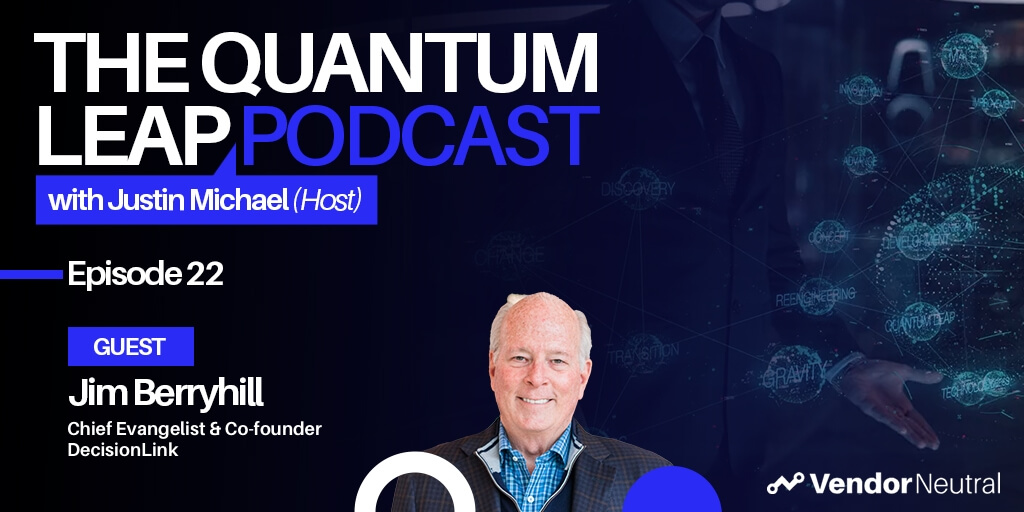 4 Opportunities For Massive Growth In Customer Value Management4 Opportunities For Massive Growth In Customer Value Management
4 Opportunities For Massive Growth In Customer Value Management4 Opportunities For Massive Growth In Customer Value Management -
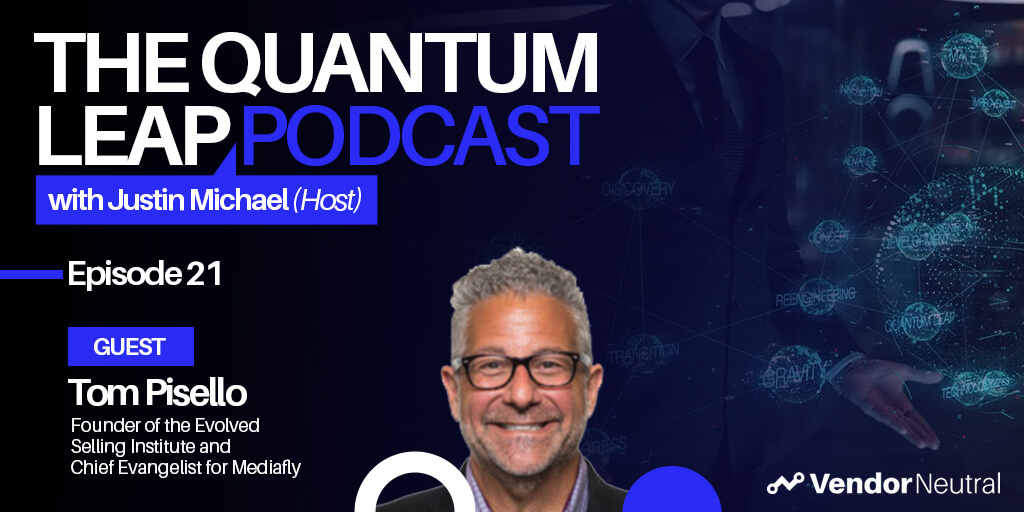 Closing the Customer Engagement Gap | Showing A Clear Case of ROIClosing the Customer Engagement Gap | Showing A Clear Case of ROI
Closing the Customer Engagement Gap | Showing A Clear Case of ROIClosing the Customer Engagement Gap | Showing A Clear Case of ROI -
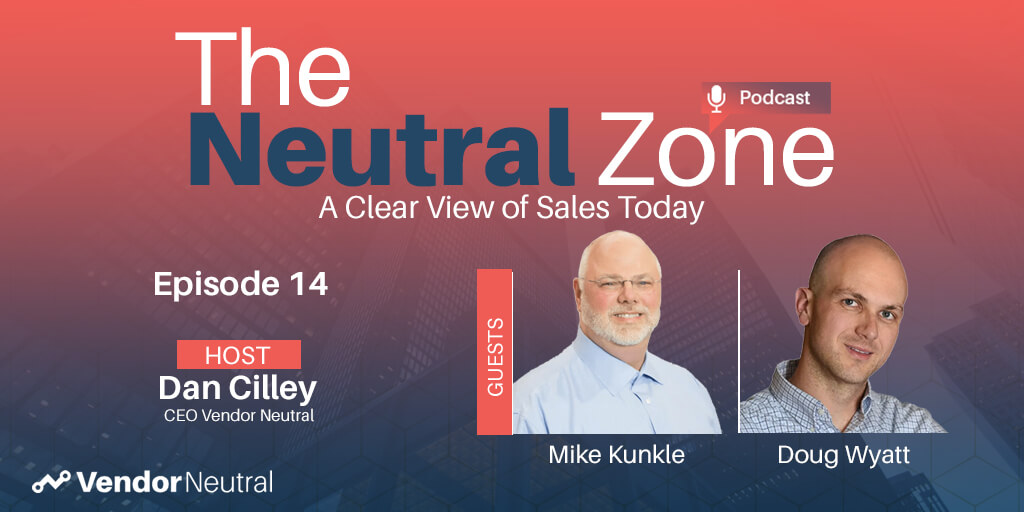 Buyer-Centric Selling | Modern Sales Foundations Virtual Sales TrainingBuyer-Centric Selling | Modern Sales Foundations Virtual Sales Training
Buyer-Centric Selling | Modern Sales Foundations Virtual Sales TrainingBuyer-Centric Selling | Modern Sales Foundations Virtual Sales Training -
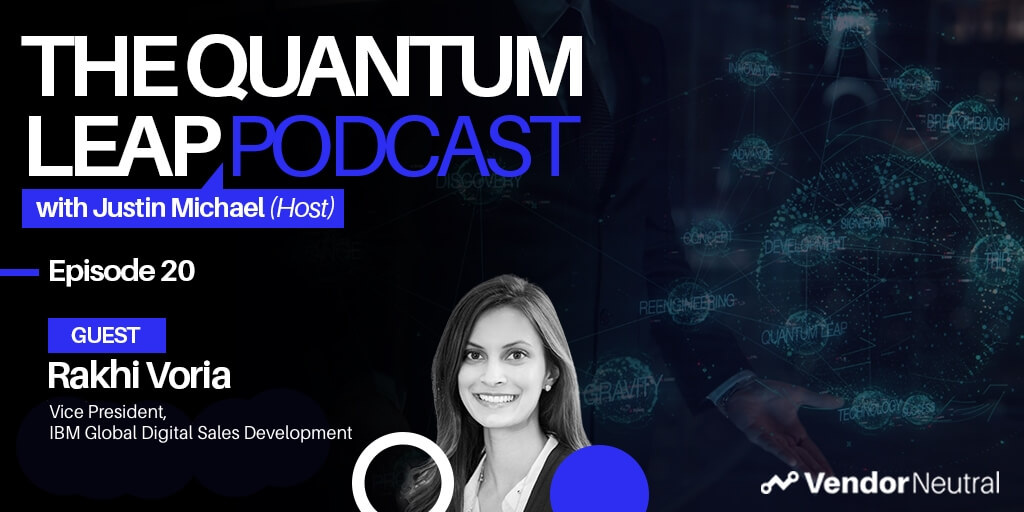 Biggest Trends in Digital TransformationBiggest Trends in Digital Transformation
Biggest Trends in Digital TransformationBiggest Trends in Digital Transformation -
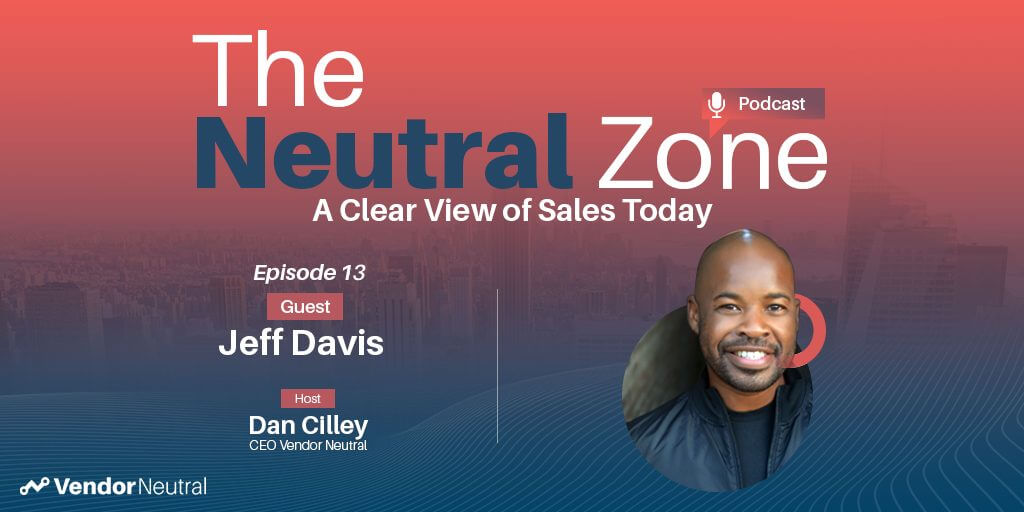 Focus on These 3 Things for Sales Technology AdoptionFocus on These 3 Things for Sales Technology Adoption
Focus on These 3 Things for Sales Technology AdoptionFocus on These 3 Things for Sales Technology Adoption -
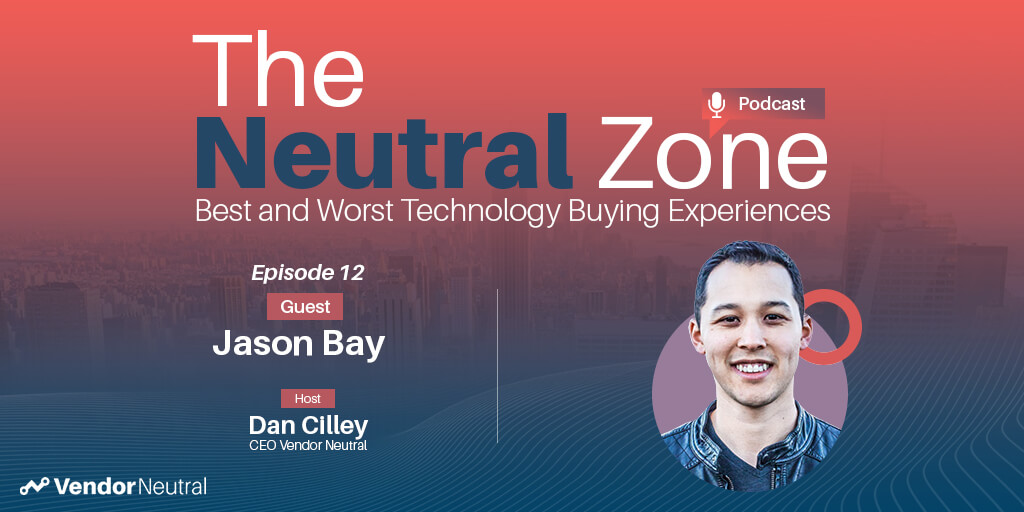 For Sales Technology Buyers A Customer Success Strategy is KeyFor Sales Technology Buyers A Customer Success Strategy is Key
For Sales Technology Buyers A Customer Success Strategy is KeyFor Sales Technology Buyers A Customer Success Strategy is Key -
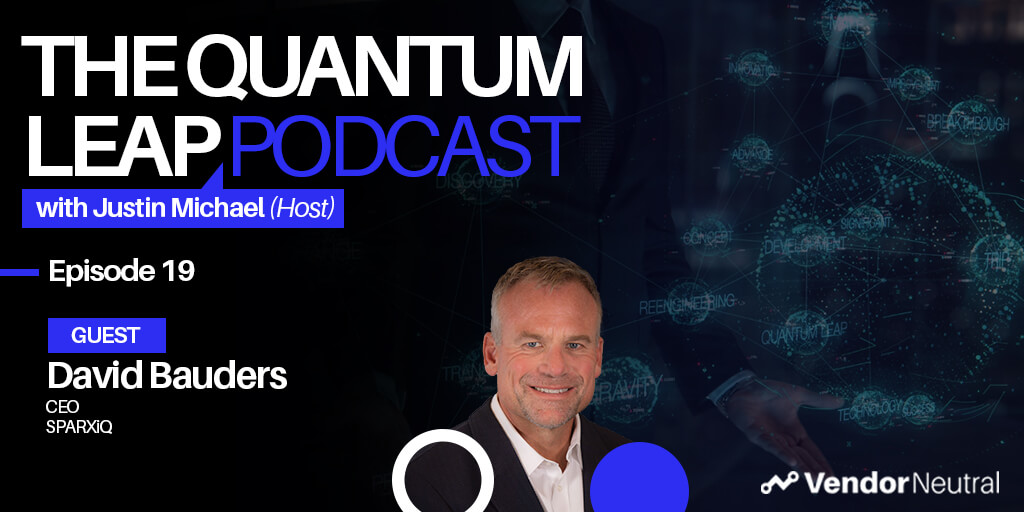 The Future of Sales TrainingThe Future of Sales Training
The Future of Sales TrainingThe Future of Sales Training -
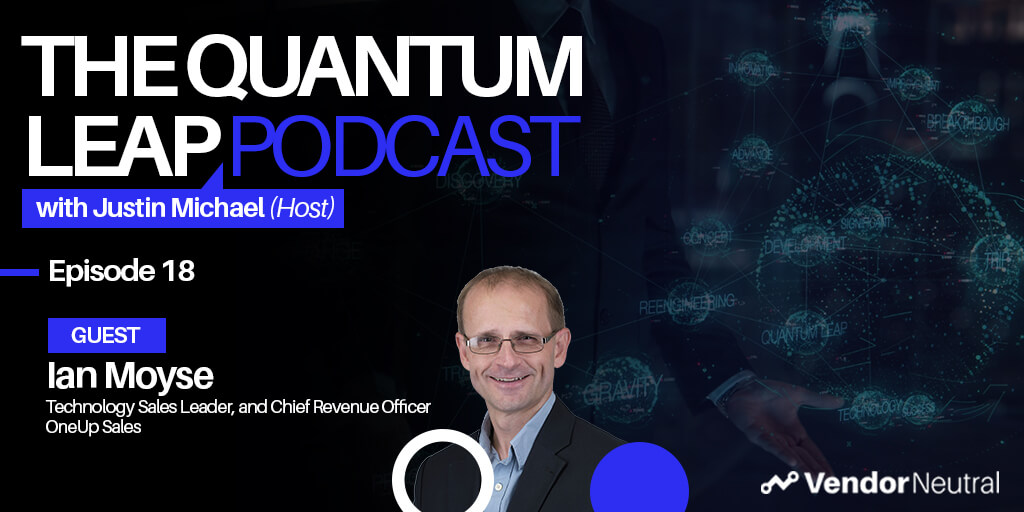 Sales Enablement to Generate Revenue in 2021 and BeyondSales Enablement to Generate Revenue in 2021 and Beyond
Sales Enablement to Generate Revenue in 2021 and BeyondSales Enablement to Generate Revenue in 2021 and Beyond -
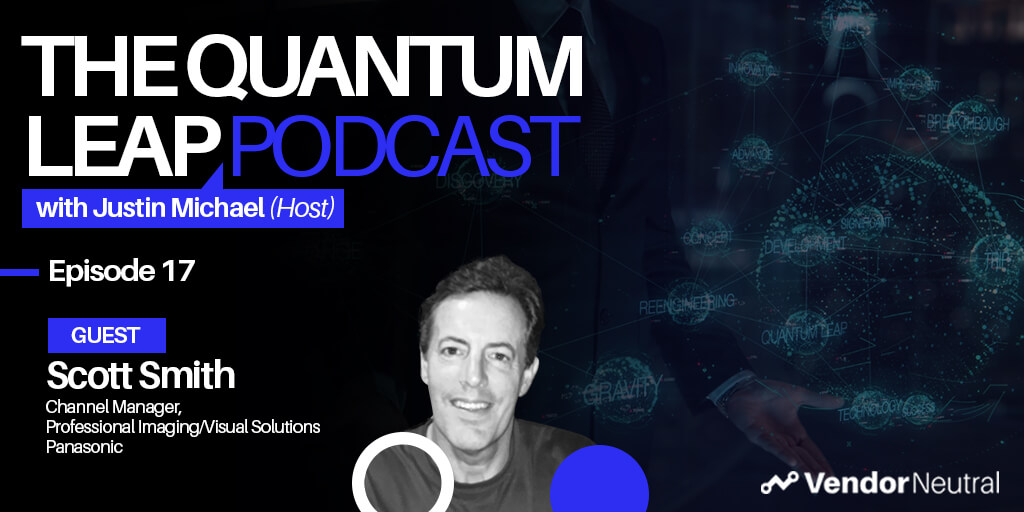 Leveraging Sales Technology in Enterprise Channel Sales | Start by identifying the problems you’re trying to solveLeveraging Sales Technology in Enterprise Channel Sales | Start by identifying the problems you’re trying to solve
Leveraging Sales Technology in Enterprise Channel Sales | Start by identifying the problems you’re trying to solveLeveraging Sales Technology in Enterprise Channel Sales | Start by identifying the problems you’re trying to solve -
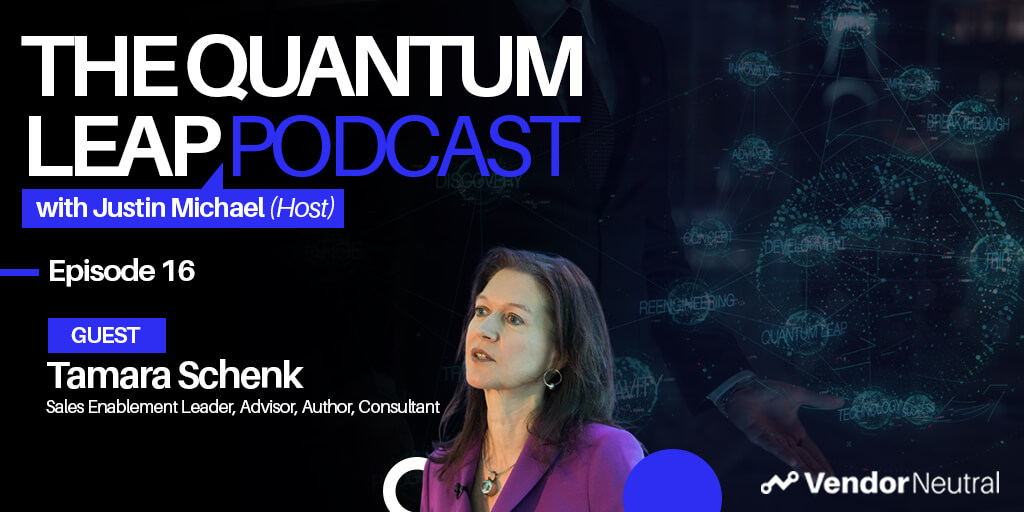 The One Question to Ask Before Sales Technology Implementation to Ensure the Success of Your Enablement InitiativeThe One Question to Ask Before Sales Technology Implementation to Ensure the Success of Your Enablement Initiative
The One Question to Ask Before Sales Technology Implementation to Ensure the Success of Your Enablement InitiativeThe One Question to Ask Before Sales Technology Implementation to Ensure the Success of Your Enablement Initiative -
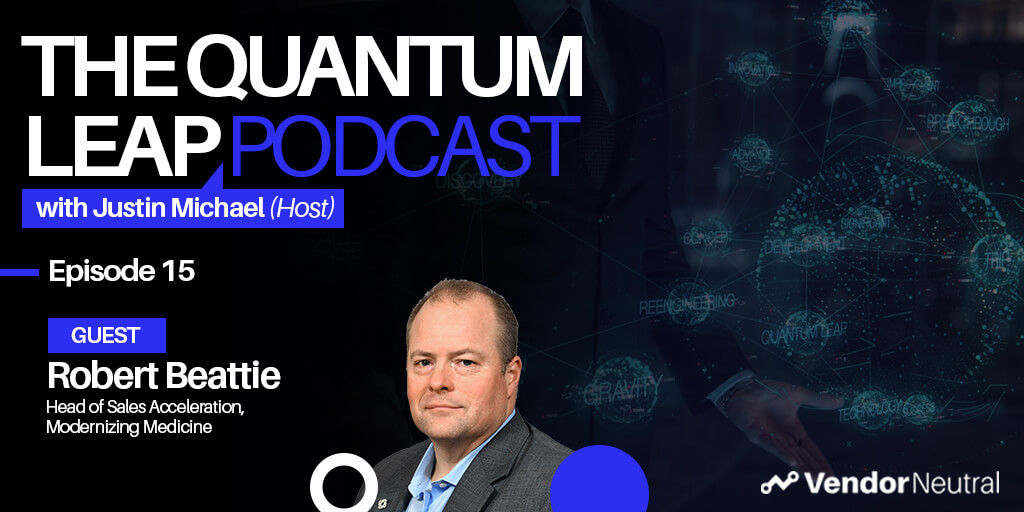 Digitally Enabled Enterprise Sales - Technology & Skills You'll Need in 2025Digitally Enabled Enterprise Sales - Technology & Skills You'll Need in 2025
Digitally Enabled Enterprise Sales - Technology & Skills You'll Need in 2025Digitally Enabled Enterprise Sales - Technology & Skills You'll Need in 2025 -
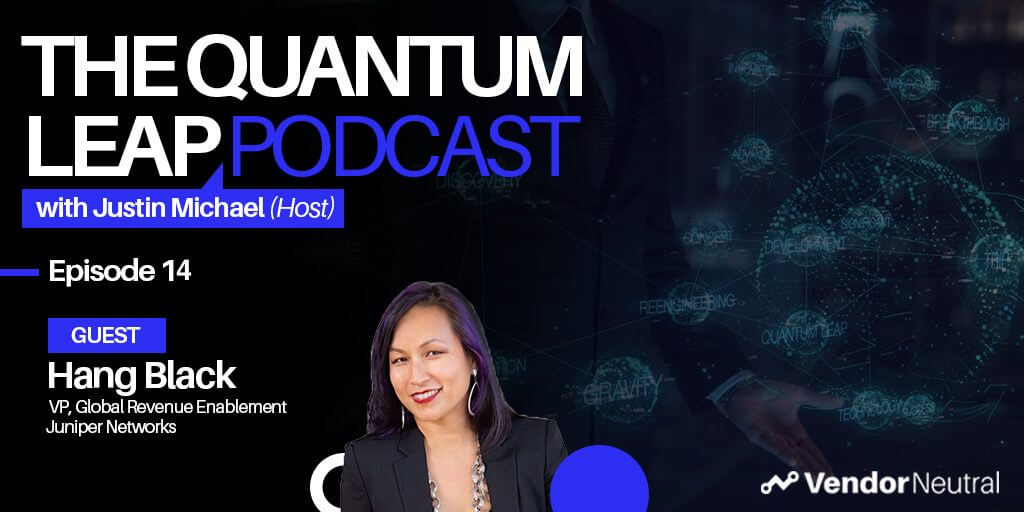 A Look Into The Future of Sales EnablementA Look Into The Future of Sales Enablement
A Look Into The Future of Sales EnablementA Look Into The Future of Sales Enablement -
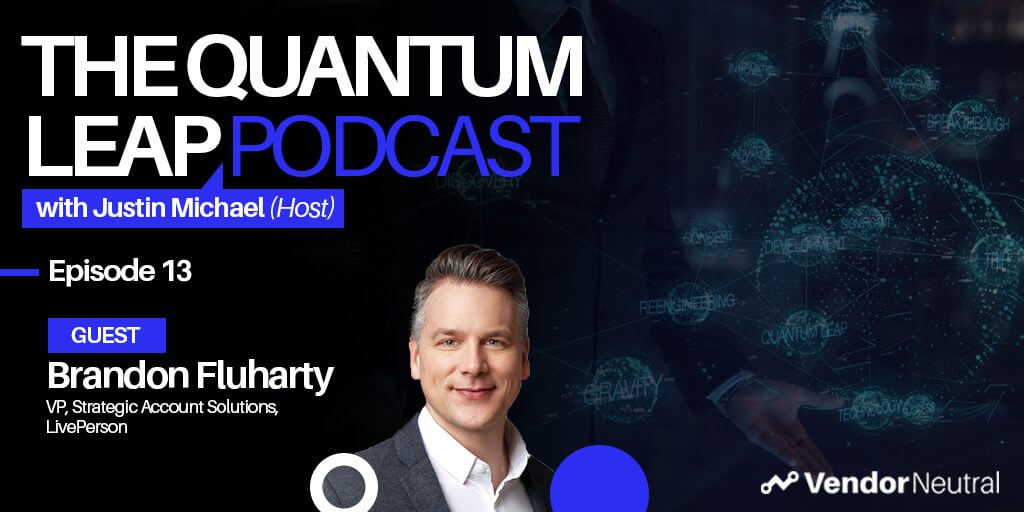 3 Ways Sales Technology will Shape the Future of Strategic Selling & Enterprise Sales3 Ways Sales Technology will Shape the Future of Strategic Selling & Enterprise Sales
3 Ways Sales Technology will Shape the Future of Strategic Selling & Enterprise Sales3 Ways Sales Technology will Shape the Future of Strategic Selling & Enterprise Sales -
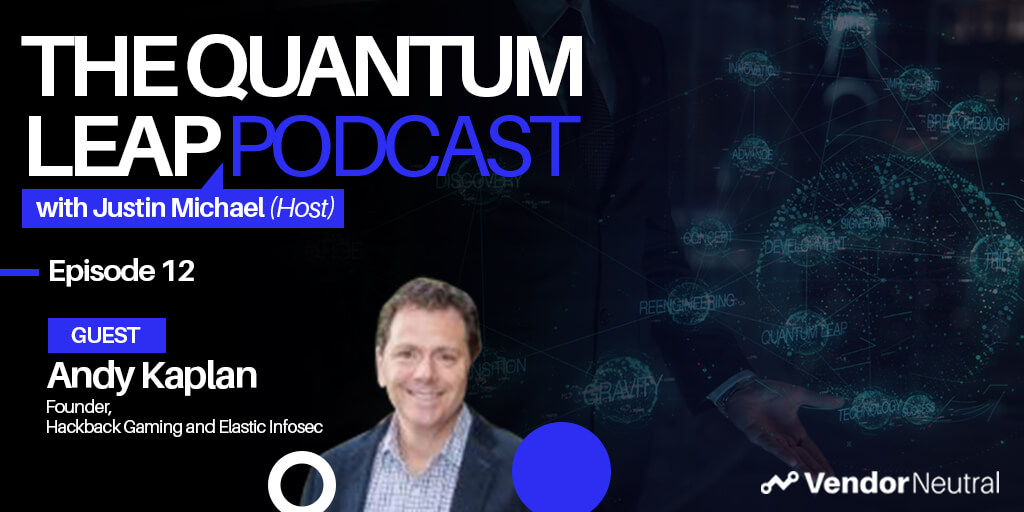 Future of Sales in the EnterpriseFuture of Sales in the Enterprise
Future of Sales in the EnterpriseFuture of Sales in the Enterprise -
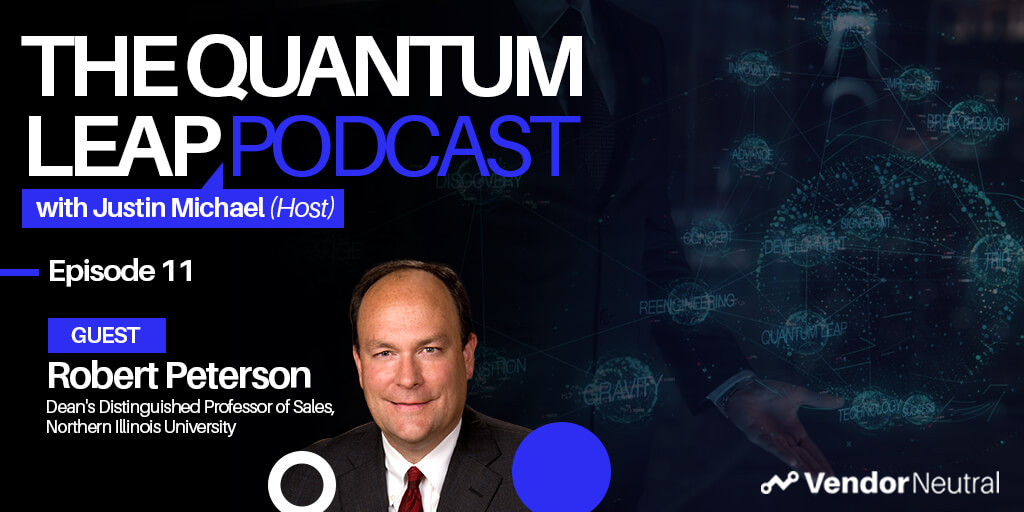 Developing the Revenue Leaders of TomorrowDeveloping the Revenue Leaders of Tomorrow
Developing the Revenue Leaders of TomorrowDeveloping the Revenue Leaders of Tomorrow -
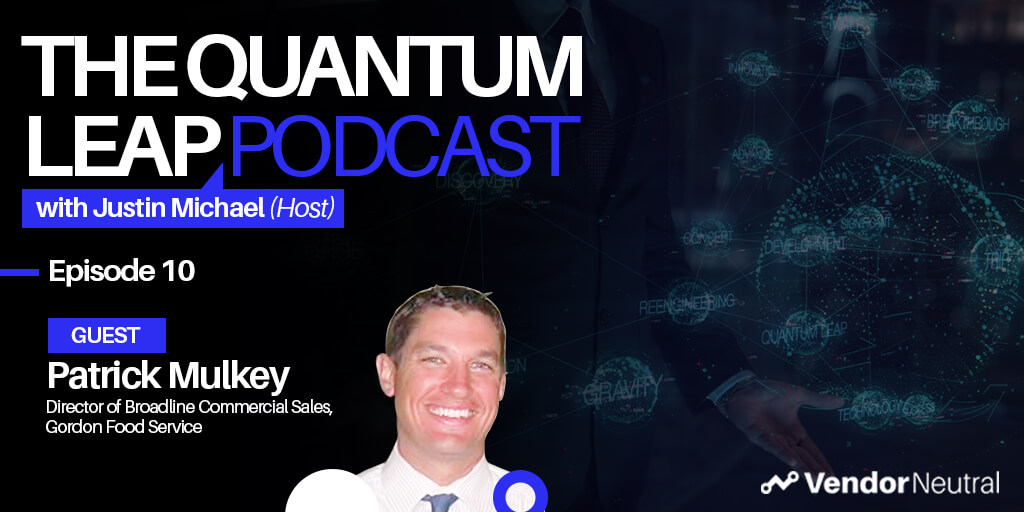 Evaluating and Updating Your Enterprise Sales Technology StackEvaluating and Updating Your Enterprise Sales Technology Stack
Evaluating and Updating Your Enterprise Sales Technology StackEvaluating and Updating Your Enterprise Sales Technology Stack -
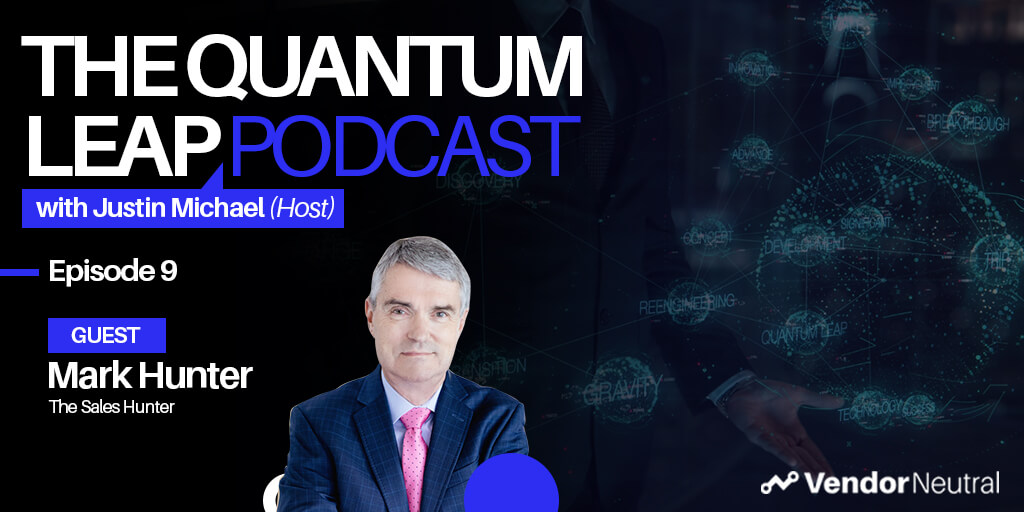 How-to Connect With Enterprise Buyers When Selling From HomeHow-to Connect With Enterprise Buyers When Selling From Home
How-to Connect With Enterprise Buyers When Selling From HomeHow-to Connect With Enterprise Buyers When Selling From Home -
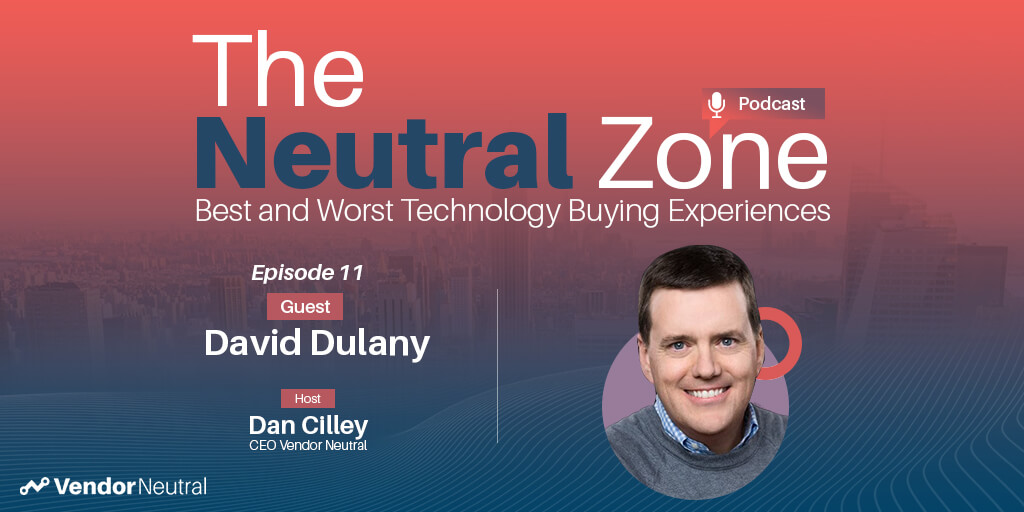 Is the Sales Technology Buying Process Over Engineered?Is the Sales Technology Buying Process Over Engineered?
Is the Sales Technology Buying Process Over Engineered?Is the Sales Technology Buying Process Over Engineered? -
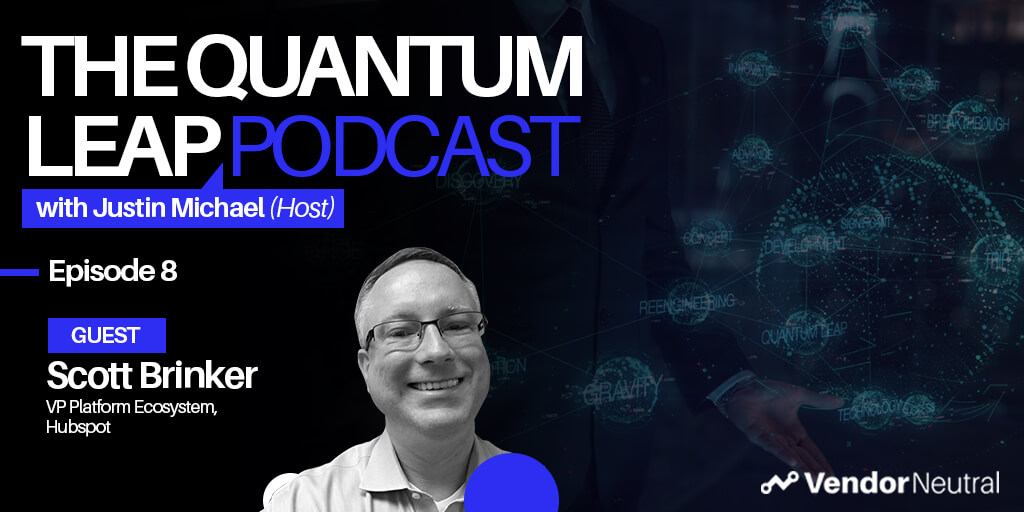 Tangible Ways to Digitally Transform Enterprise OrganizationsTangible Ways to Digitally Transform Enterprise Organizations
Tangible Ways to Digitally Transform Enterprise OrganizationsTangible Ways to Digitally Transform Enterprise Organizations -
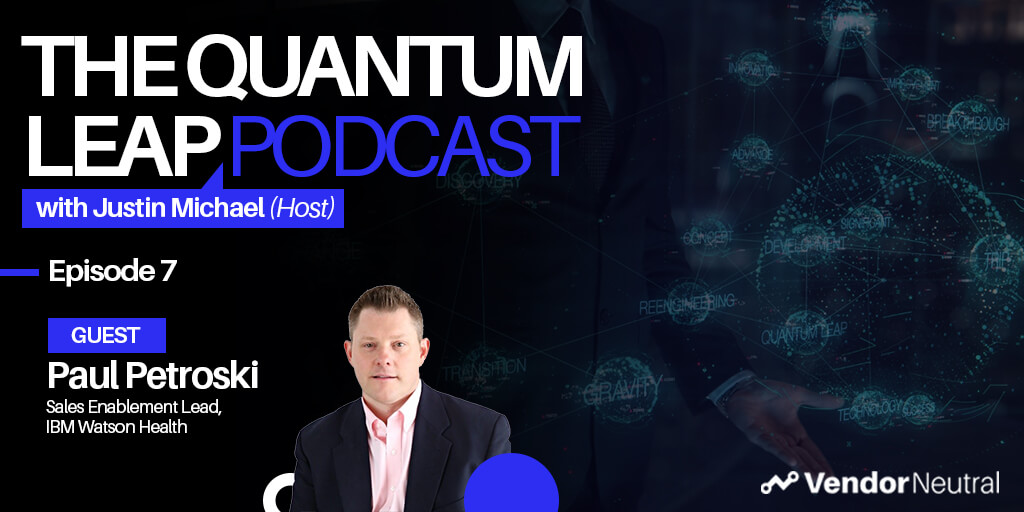 Quantum Leap Podcast Episode 7Quantum Leap Podcast Episode 7
Quantum Leap Podcast Episode 7Quantum Leap Podcast Episode 7 -
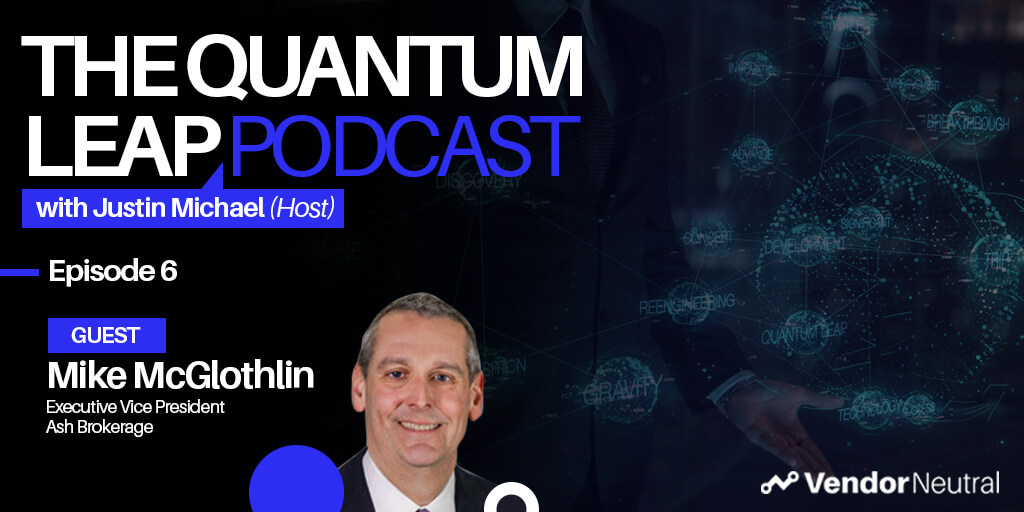 How Sales Technology is Making an Impact in the Financial SpaceHow Sales Technology is Making an Impact in the Financial Space
How Sales Technology is Making an Impact in the Financial SpaceHow Sales Technology is Making an Impact in the Financial Space -
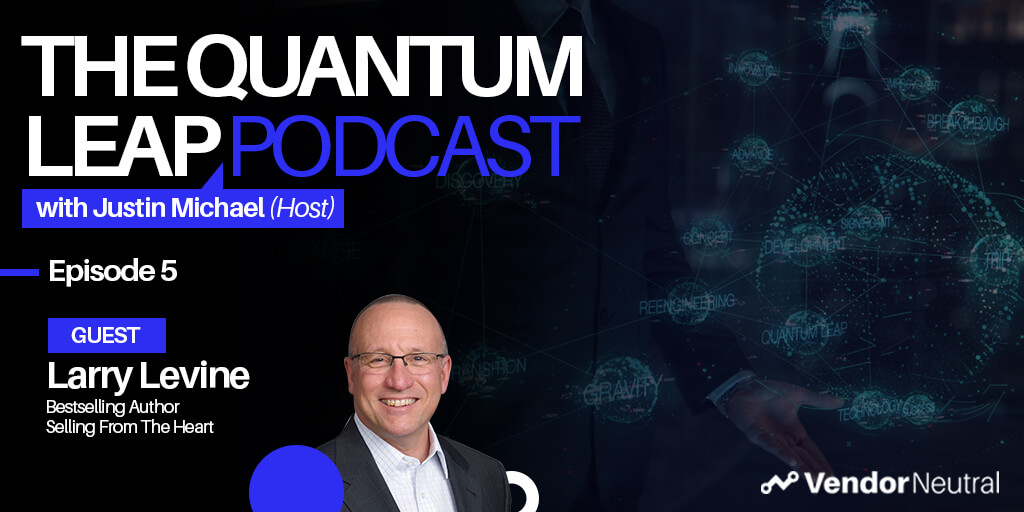 Quantum Leap Podcast Episode 5Quantum Leap Podcast Episode 5
Quantum Leap Podcast Episode 5Quantum Leap Podcast Episode 5 -
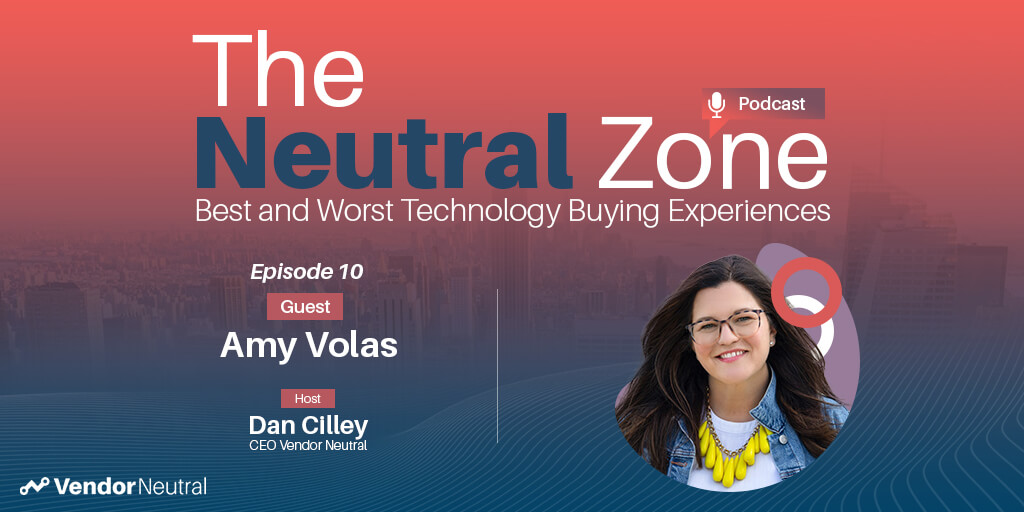 Clear View of Sales Episode 10 with Amy VolasClear View of Sales Episode 10 with Amy Volas
Clear View of Sales Episode 10 with Amy VolasClear View of Sales Episode 10 with Amy Volas -
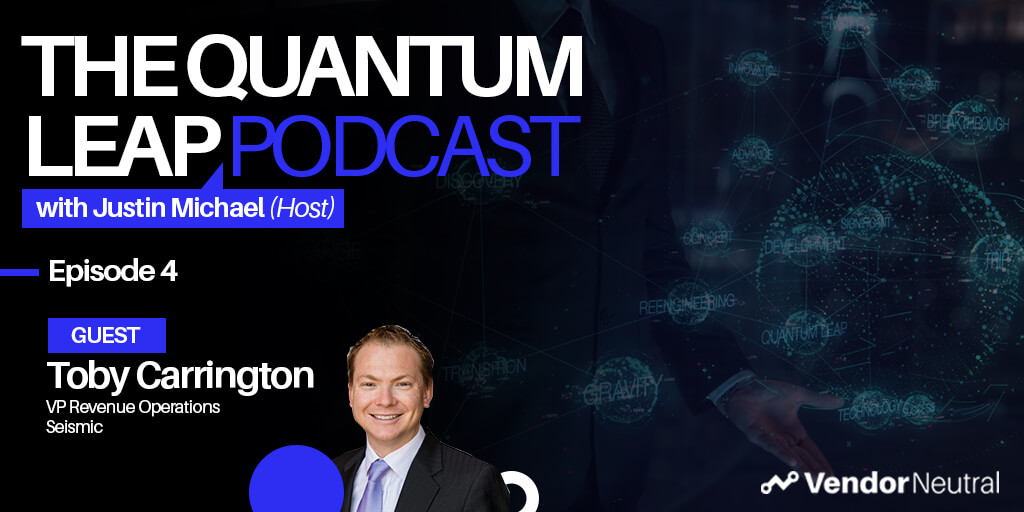 Quantum Leap Podcast Episode 4: Transforming Your Enterprise TechStack, The Future is Bright!Quantum Leap Podcast Episode 4: Transforming Your Enterprise TechStack, The Future is Bright!
Quantum Leap Podcast Episode 4: Transforming Your Enterprise TechStack, The Future is Bright!Quantum Leap Podcast Episode 4: Transforming Your Enterprise TechStack, The Future is Bright! -
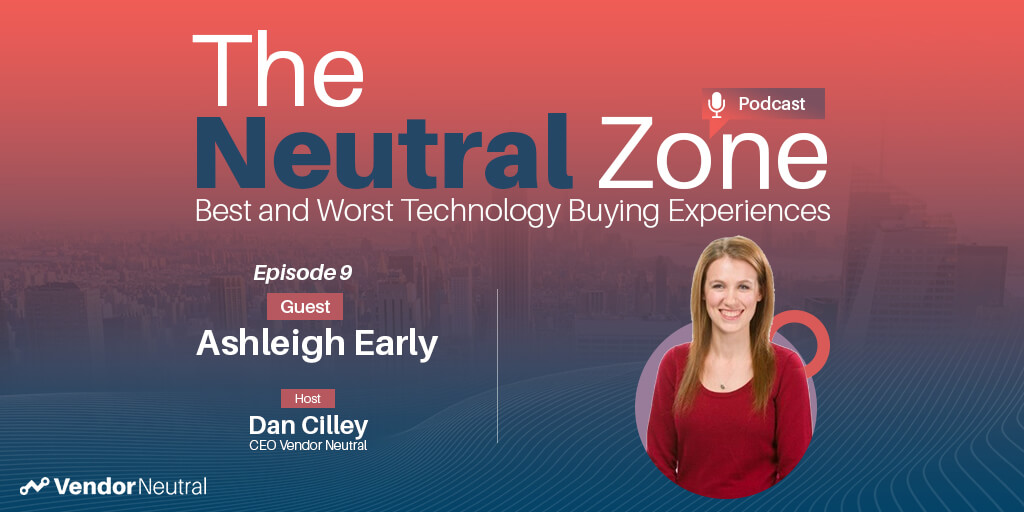 Clear View of Sales with Ashleigh Early:Clear View of Sales with Ashleigh Early:
Clear View of Sales with Ashleigh Early:Clear View of Sales with Ashleigh Early: -
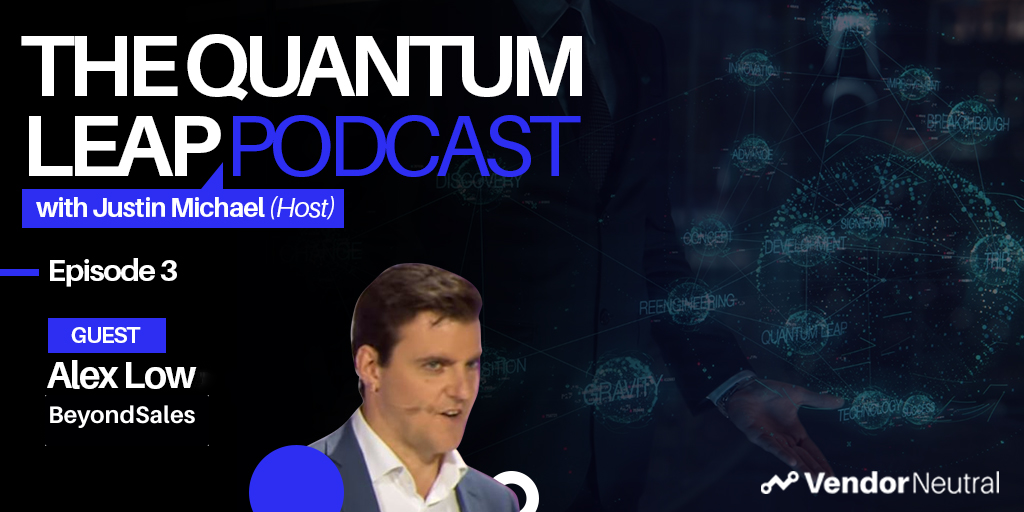 Quantum Leap Episode 3: Unlock the Mystery of Enterprise TransformationQuantum Leap Episode 3: Unlock the Mystery of Enterprise Transformation
Quantum Leap Episode 3: Unlock the Mystery of Enterprise TransformationQuantum Leap Episode 3: Unlock the Mystery of Enterprise Transformation -
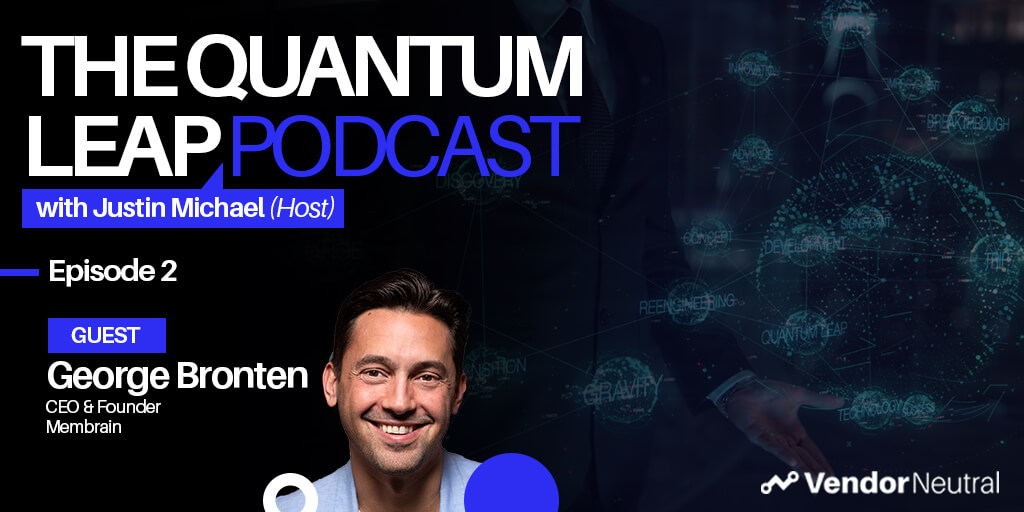 Quantum Leap Podcast Episode 2Quantum Leap Podcast Episode 2
Quantum Leap Podcast Episode 2Quantum Leap Podcast Episode 2 -
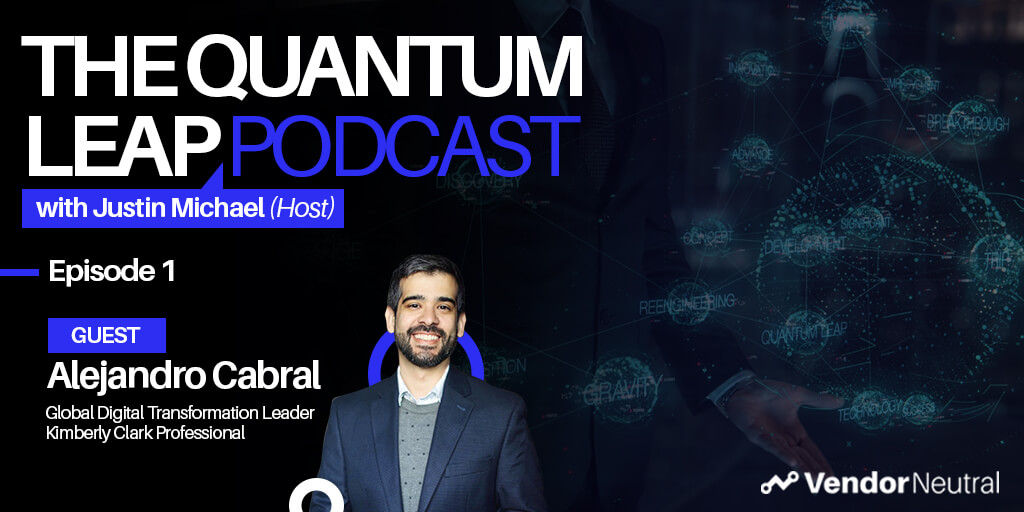 Quantum Leap Podcast Episode 1Quantum Leap Podcast Episode 1
Quantum Leap Podcast Episode 1Quantum Leap Podcast Episode 1 -
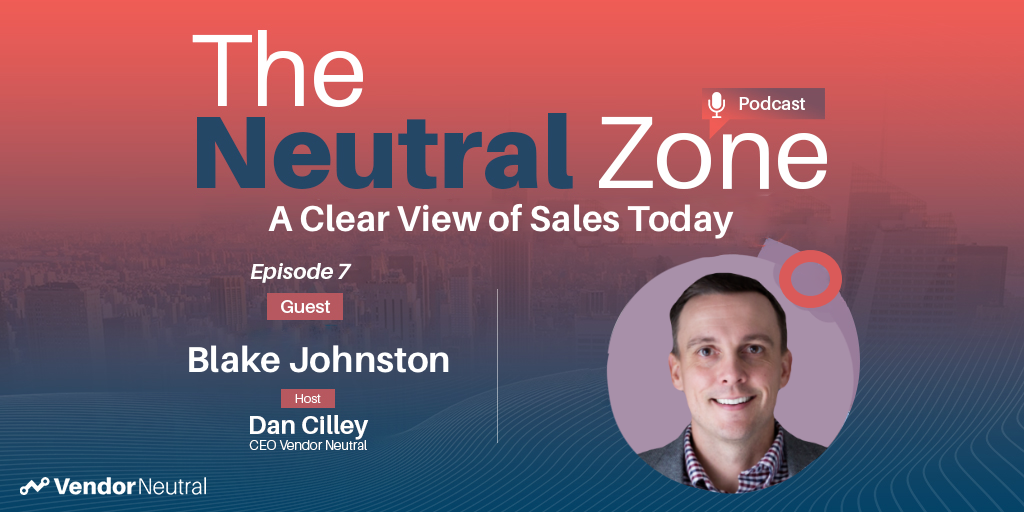 The Best & Worst B2B Technology Buying Experiences With Blake JohnstonThe Best & Worst B2B Technology Buying Experiences With Blake Johnston
The Best & Worst B2B Technology Buying Experiences With Blake JohnstonThe Best & Worst B2B Technology Buying Experiences With Blake Johnston -
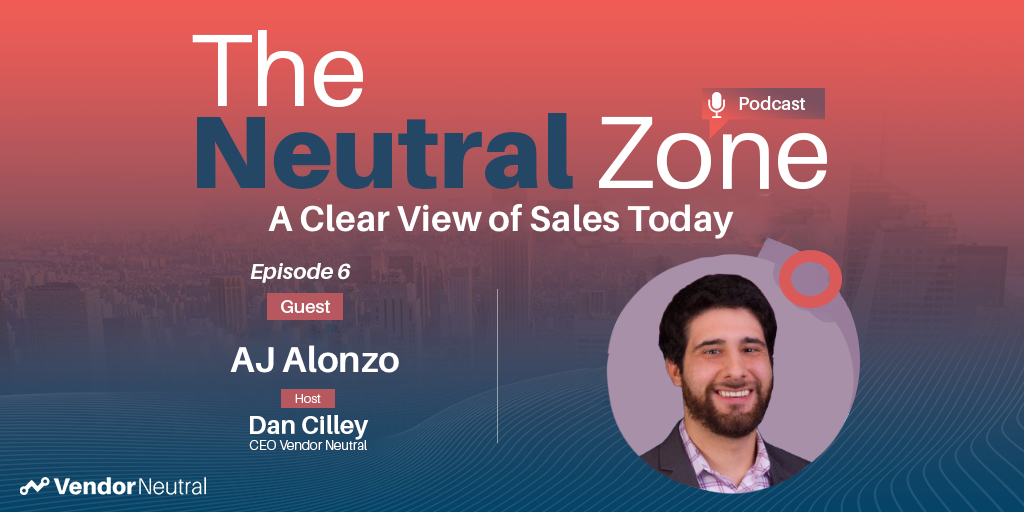 The Best & Worst B2B Technology Buying Experiences With AJ AlonzoThe Best & Worst B2B Technology Buying Experiences With AJ Alonzo
The Best & Worst B2B Technology Buying Experiences With AJ AlonzoThe Best & Worst B2B Technology Buying Experiences With AJ Alonzo -
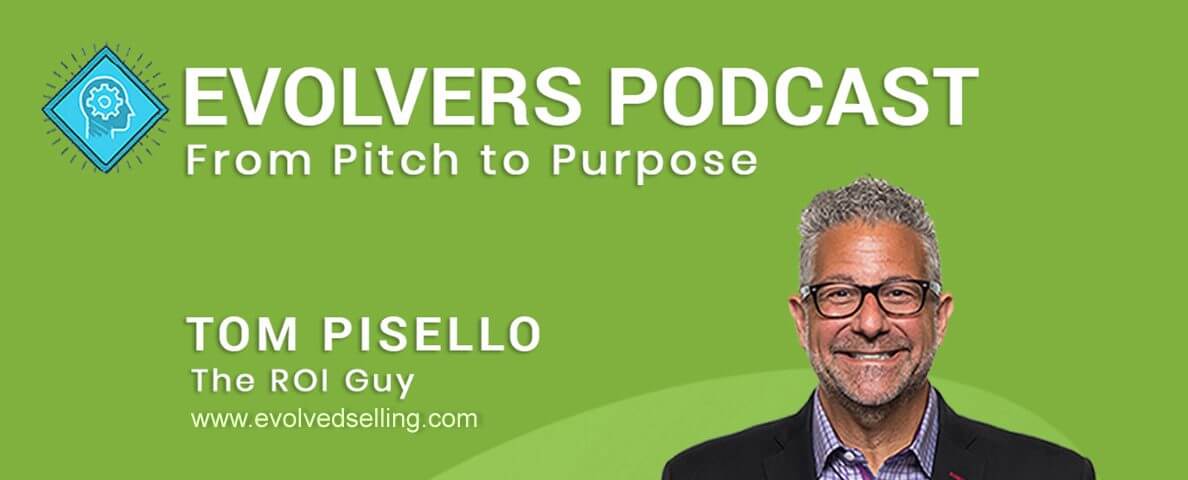 Evolvers Podcast: The Democratization of Sales Enablement? With Dan CilleyEvolvers Podcast: The Democratization of Sales Enablement? With Dan Cilley
Evolvers Podcast: The Democratization of Sales Enablement? With Dan CilleyEvolvers Podcast: The Democratization of Sales Enablement? With Dan Cilley -
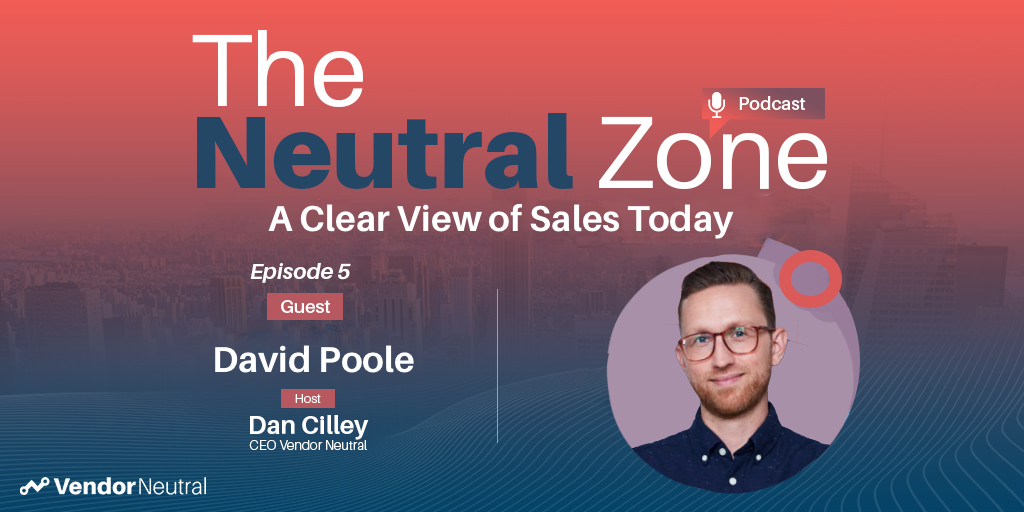 The Best & Worst B2B Technology Buying Experiences With David PooleThe Best & Worst B2B Technology Buying Experiences With David Poole
The Best & Worst B2B Technology Buying Experiences With David PooleThe Best & Worst B2B Technology Buying Experiences With David Poole -
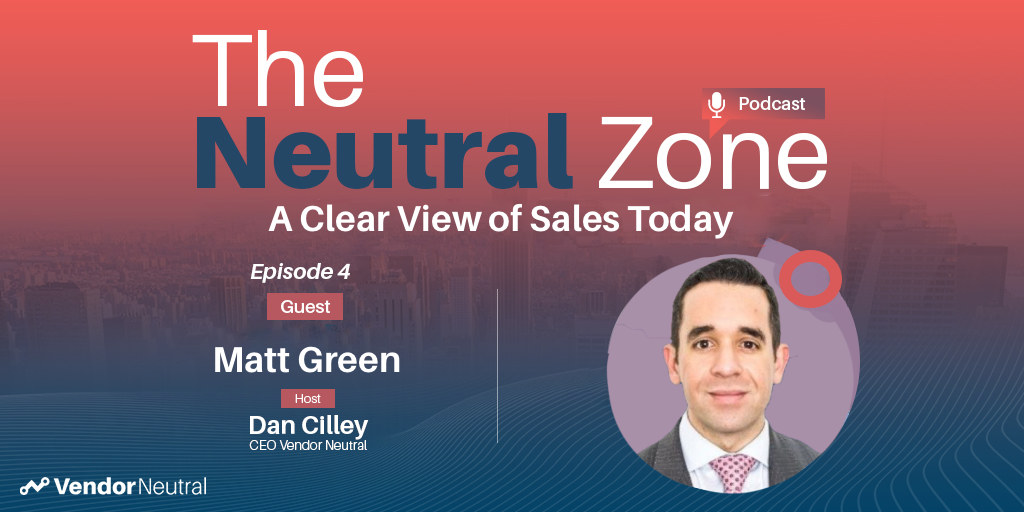 The Best & Worst B2B Technology Buying Experiences With Matt GreenThe Best & Worst B2B Technology Buying Experiences With Matt Green
The Best & Worst B2B Technology Buying Experiences With Matt GreenThe Best & Worst B2B Technology Buying Experiences With Matt Green -
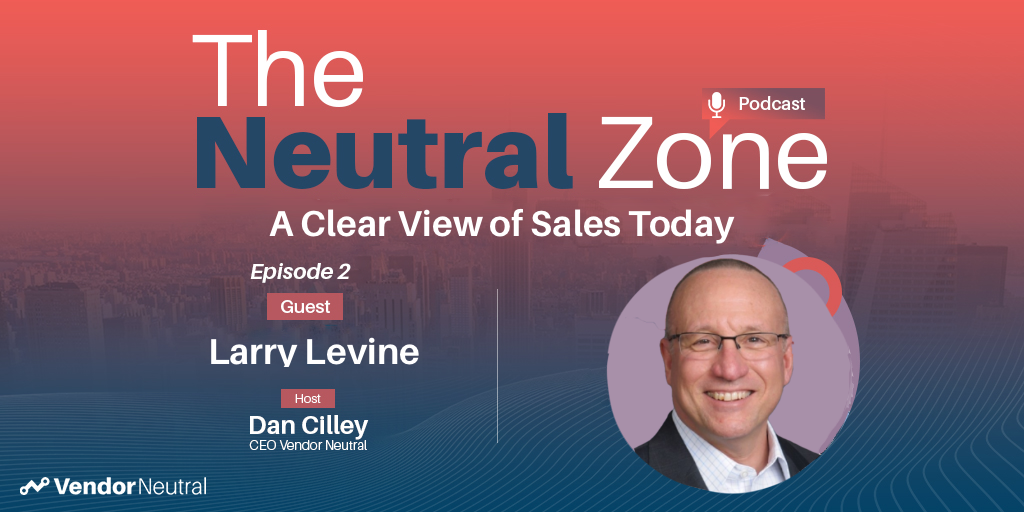 The Best & Worst B2B Technology Buying Experiences with Larry LevineThe Best & Worst B2B Technology Buying Experiences with Larry Levine
The Best & Worst B2B Technology Buying Experiences with Larry LevineThe Best & Worst B2B Technology Buying Experiences with Larry Levine -
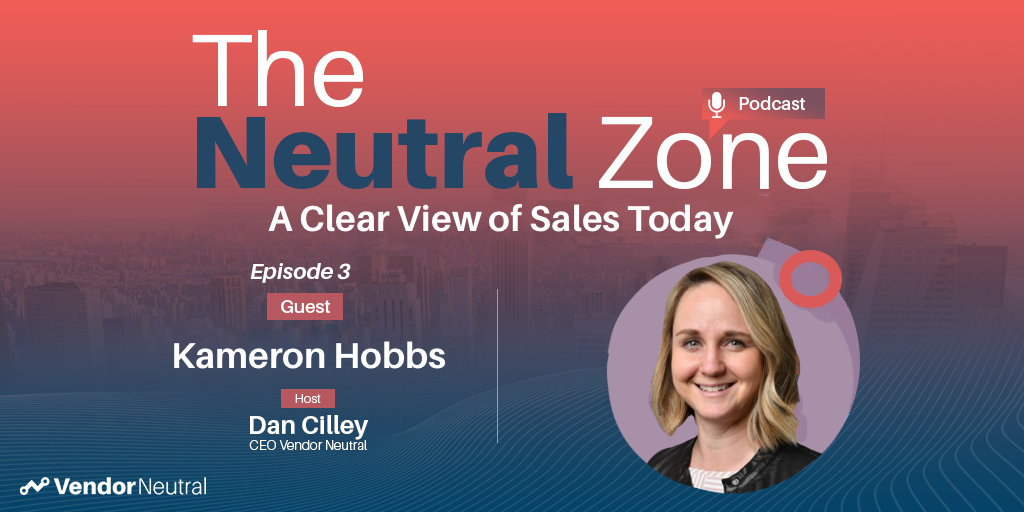 The Best & Worst B2B Technology Buying Experiences with Kameron HobbsThe Best & Worst B2B Technology Buying Experiences with Kameron HobbsVideo
The Best & Worst B2B Technology Buying Experiences with Kameron HobbsThe Best & Worst B2B Technology Buying Experiences with Kameron HobbsVideo -
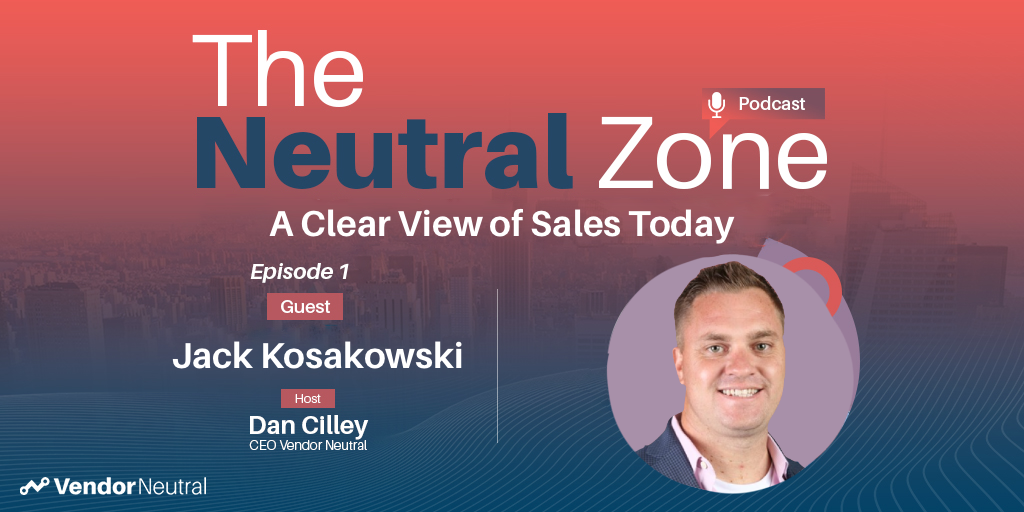 The Best & Worst B2B Technology Buying Experiences with Jack KosakowsiThe Best & Worst B2B Technology Buying Experiences with Jack KosakowsiPodcast
The Best & Worst B2B Technology Buying Experiences with Jack KosakowsiThe Best & Worst B2B Technology Buying Experiences with Jack KosakowsiPodcast
